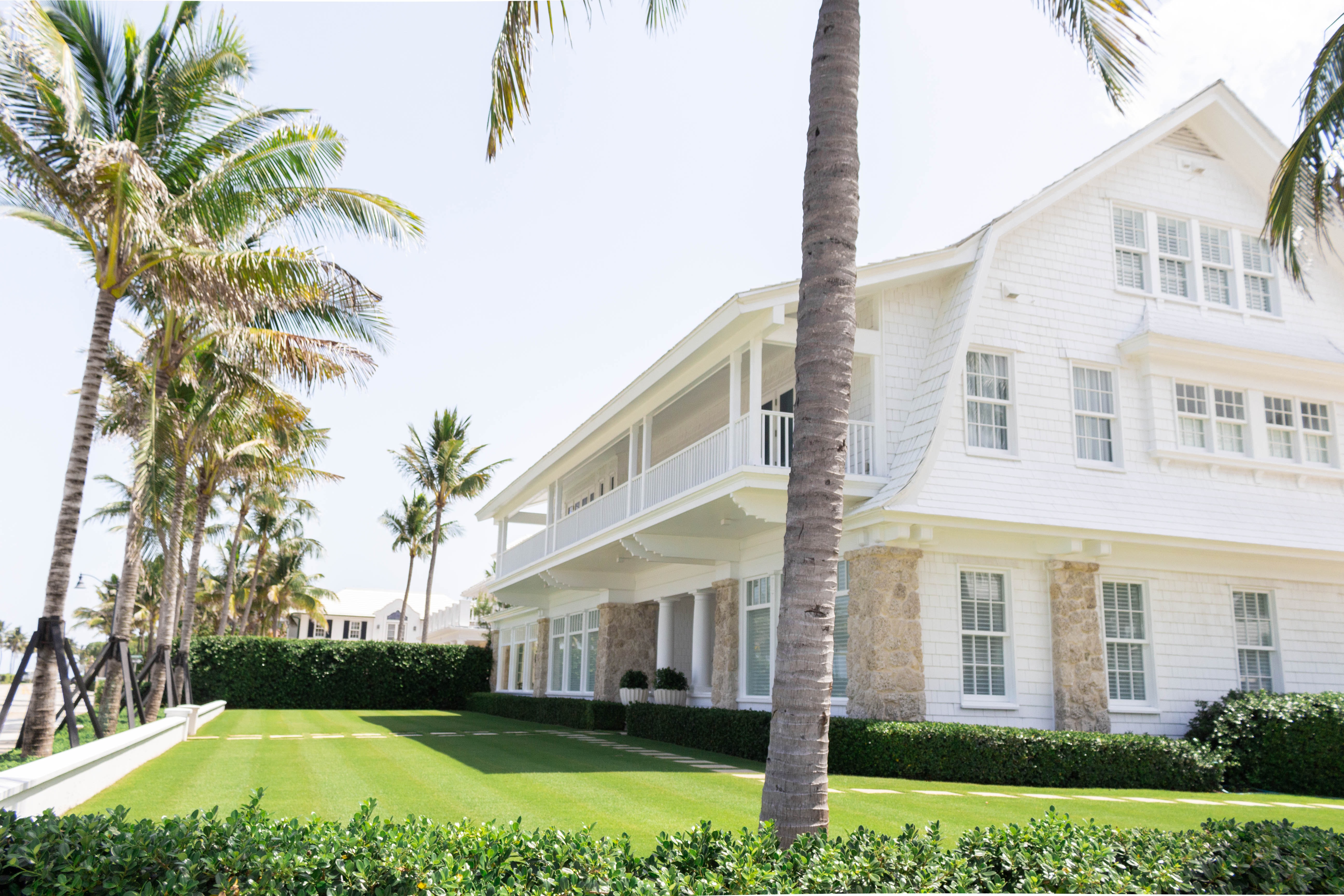When most people hear “security lights”, they think of a bright motion sensor light that is triggered outside your home as someone approaches. But there are many ways that you can protect your home with this type of illumination, and we are here to discuss them today.
The primary characteristics of virtually all security lighting is that it should be very bright, covers a large portion of your property, it lights up when triggered, and is typically mounted higher than your other house lights.
Of course, any light fixture that is mounted on the outside of the home, especially in Florida, must be able to withstand the weather – all components must be designed and rated to survive out in the severe wind and rain which are typical in our region. If you are a homeowner considering security lights, look for a WP (weatherproof) or WR (weather resistant) rating.
Expert Tip: Ask a local electrical services company which security lighting may be best given our climate.
What to Look For in Security Lighting
It may seem self-evident, but your light fixtures need to focus the light where you need it most. depending on your home, you may need high-mounted floodlights, or lights to illuminate steps in front of your residence. Many light choices serve multiple purposes, such as porch illumination lighting up the area for security and physical safety.
Choose fixtures and components that are designed to be installed outside. If the fixtures are located under a roof, they typically only need to withstand dampness and moisture, but may not need a high level of weatherproofing. Lighting located on an exterior wall which is exposed to the weather – or situated someplace in your yard – need to be appropriate for our weather conditions.
Consider the scheduling of your security lights. With the exception of gas lights which some Sarasota HOAs have installed, you’ll want lights on when it is dark, and off when the sun is shining. Security lights are often automated, with the on/off function controlled by a timer or a photocell to open and close the circuit. Further, a motion detector will control the light coming on if someone enters the area you want to protect, generally your residence.
Once you have determined the basics of your security lighting needs, you can narrow your choices down based on design and style. for instance, if the fixtures will be visible to passers-by, you probably want them to be in the same style and design of your home.
Basic Controls for Security Lights
Most lighting has simple on/off switches which are operated by hand. Timer switches ensure that the light is on during the time you want it to be, especially useful for security reasons. If you’re away from home, security lights on timers give the impression that someone is home.
The controls can start with manual switches simple on/off switches that you operate by hand. Those can be replaced with timer switches to ensure that the light is always on when you want it to be. That can be especially useful for security purposes. If you’re away from home overnight, the outside light will still come on and go off at its regular time, giving the appearance that someone is home.
Important to Note: With the interest in energy efficiency, the installation of CFLs, halogens, and LEDs is on the rise. However, not all of these options work well with automatic controls such as photocells. Your best bet is to speak with an experienced electrician to understand which security lighting may be best for your needs and goals.
The team at Promise Electric has earned a reputation as the Sarasota area’s premier electrical services company. Our master electricians are highly experienced in the installation of outdoor security lighting – call today for more information.



